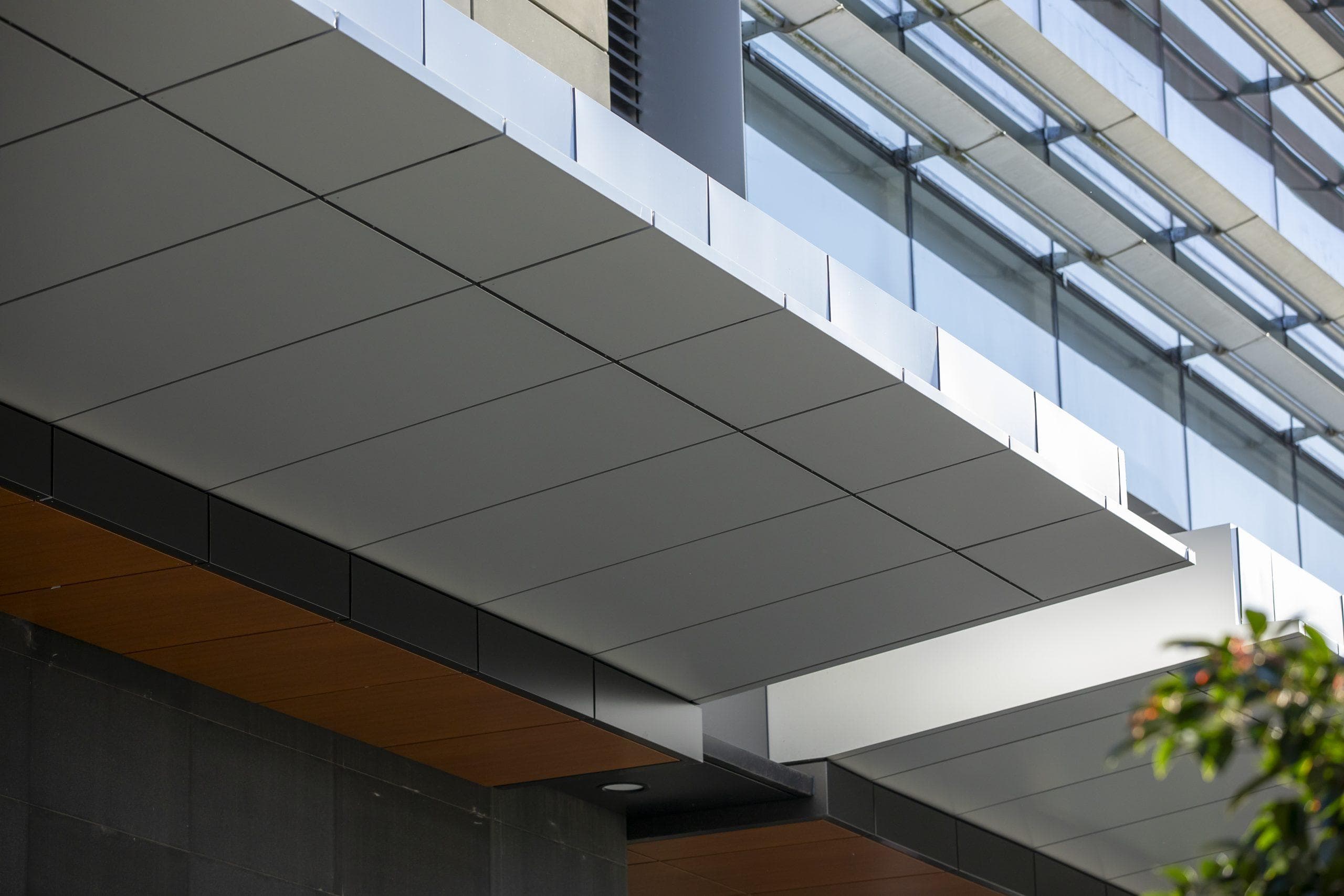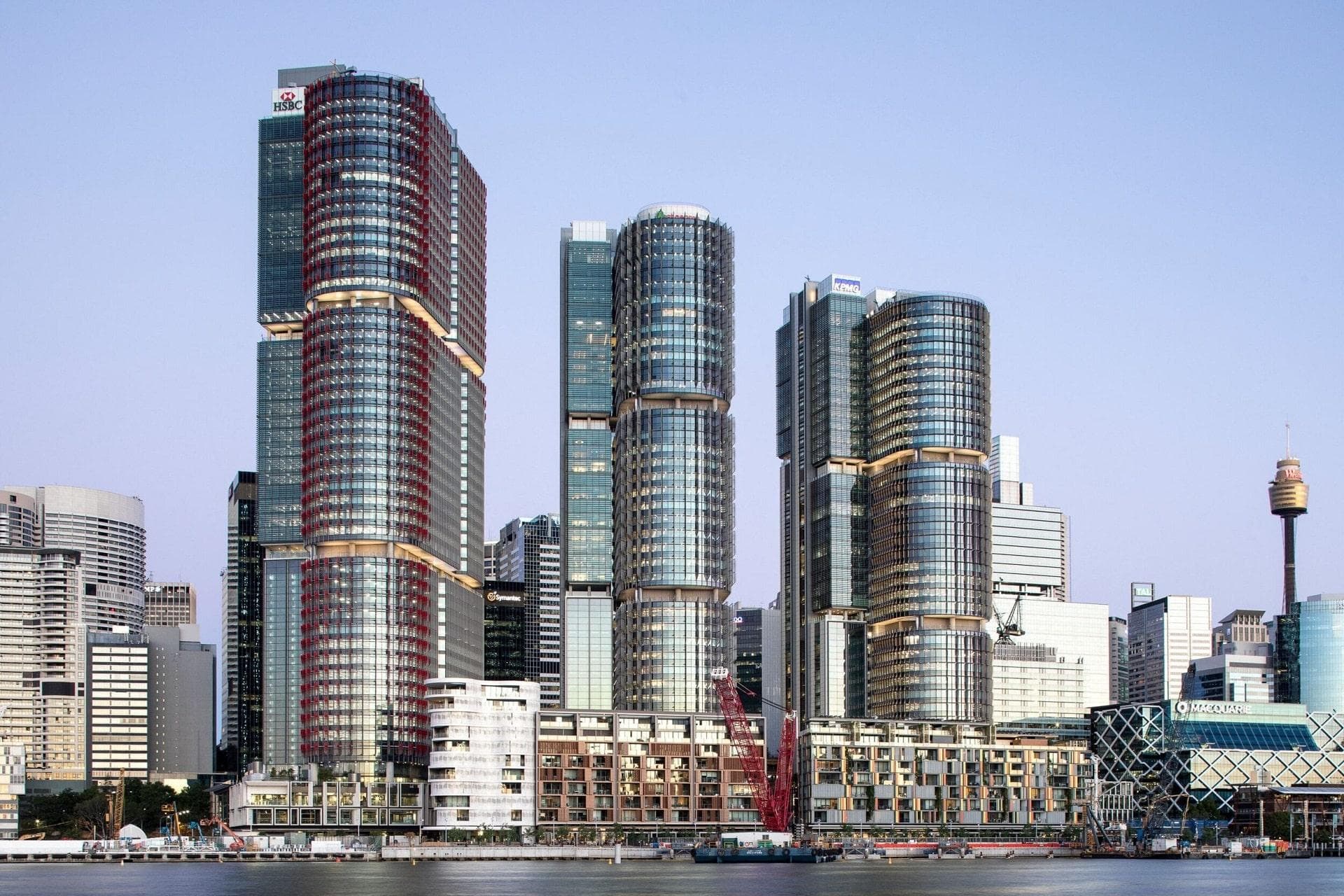The truth and safety of world-class aluminium composite panels
For a cladding product that provides excellent thermal performance, along with a host of other desirable characteristics, designers and specifiers should opt for a mineral core aluminium composite cladding solution.
Aluminium composite cladding is an umbrella term for a range of cladding products, and the flammable component responsible for the cladding fires was the 100% polyethylene core at the centre of the cladding. For a cladding product that provides excellent thermal performance, along with a host of other desirable characteristics, designers and specifiers should opt for a mineral core aluminium composite cladding solution.
Related Articles

Understanding Facade Warranties: What Designers Should Ask Before Specifying Cladding
Warranties are often overlooked until problems arise, but they are one of the most important safeguards in façade specification. This white paper helps designers understand what is really covered, what is not, and the right questions to ask before signing off. Learn how to assess warranty terms, minimise project risk and protect long-term façade performance.

A declaration is a disclosure, not a sustainability guarantee: Network Architectural debunks the EPD myth
Environmental Product Declarations (EPDs) are invaluable for transparency, but they don’t automatically make a product sustainable. As Llewellyn Regler explains, EPDs are disclosure tools, not guarantees. This article unpacks the myth, showing why specifiers must look beyond the label to durability, maintenance, lifecycle cost and embodied carbon to achieve genuinely sustainable outcomes.

Specifying sustainable aluminium: Understanding the real environmental footprint of façade materials with LCA
Life Cycle Assessment (LCA) is fast becoming a must-have for architects navigating embodied carbon caps and stricter procurement standards. Yet, not all aluminium cladding is created equal. In this article, we break down how LCA helps specifiers cut through assumptions, compare Environmental Product Declarations (EPDs), and make sustainable, evidence-based design choices with confidence.
